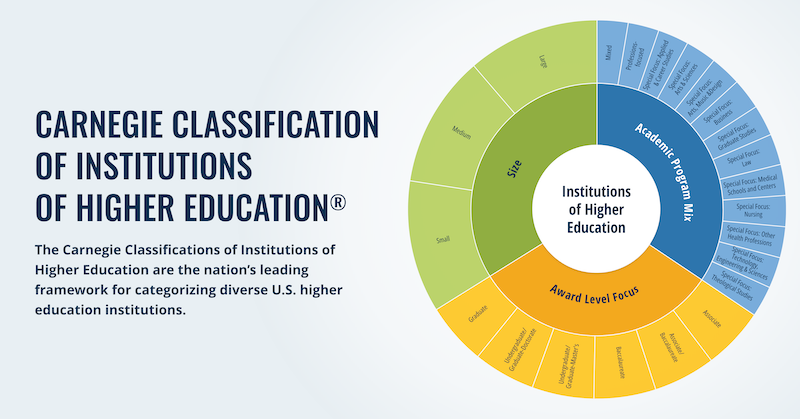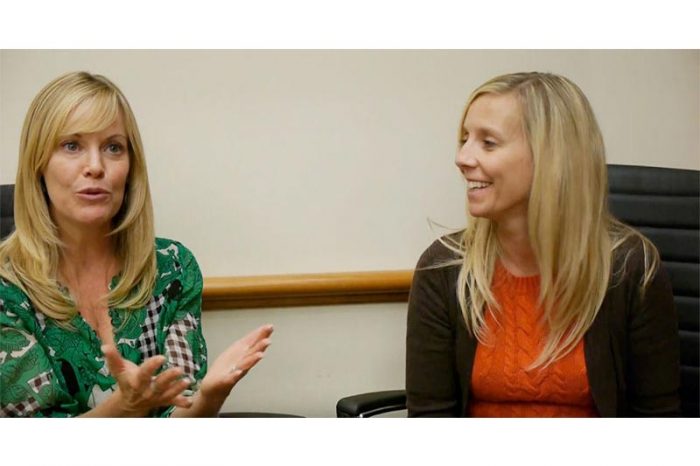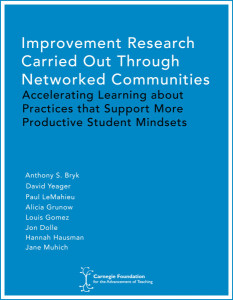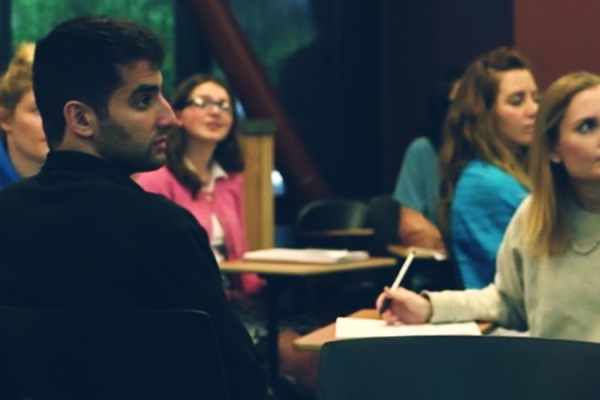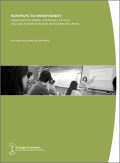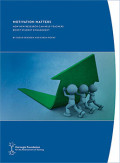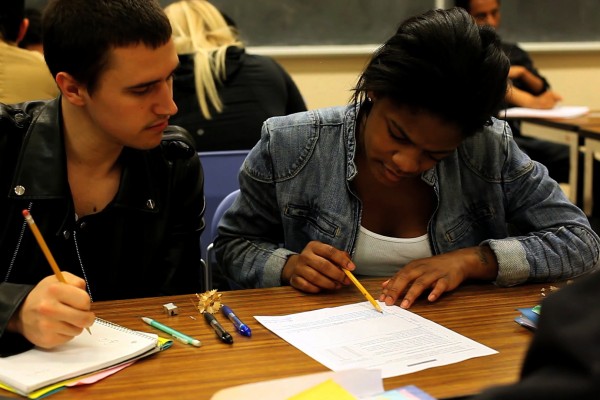In this interview, two principals discuss the benefits of working in the SAIC network. They note the value in collaborating with other network members and using improvement science to identify and test effective strategies that can be spread with confidence.
Summit Public Schools Network
The Summit Public Schools network worked within nine schools in California to address the performance gap between English learners and non-English learners. Originally, the aim of their network was to have 100% of Summit students on a trajectory toward college readiness by June 2017. An in-depth review of their data in spring of 2016 (involving the Carnegie hub, the Summit hub, and their teachers) revealed that English learners were not consistently on a trajectory for college readiness and that there was a performance gap between English learners and non-English learners as measured by the number of completed assessments across all content areas on the Summit Learning Platform. Across their nine schools, English learners comprised 12% of the student population, and evidence of a performance gap could be seen when these students entered Summit schools in grades 6, 7, and 9. The data analysis also revealed significant negative differences between English learners and non-English learners on survey items of growth mindset and academic belonging (10-20% differences).
Their team’s improvement work was led by site leaders and a group of teachers with 25% allocation directly for improvement work. The team developed a package of 10 instructional strategies designed to improve language skills for English learners and promoted student agency during weekly 10-minute mentor-mentee check-ins with English learners, and more broadly for all students in many of their school structures. Based on data from April 2017, the performance gap between English learners and non-English learners at Summit decreased by 50%, while non-EL performance has increased this year as well. The network also saw significant improvement of their English learners’ growth mindset and academic belonging. For instance, to the statement “You have a certain amount of intelligence, and you can’t really do much to change it” (a positive response coded as a proxy for growth mindset), English learners had a 23% increase in positive responses between fall and spring 2017, additionally narrowing the gap between their responses and those of their non-EL peers. The same trend held true for the statement “When I have to work hard at my school work, it makes me feel like I’m not very smart,” to which English learners increased positive responses by 16% between fall 2016 and spring 2017. On items of academic belonging, the English learners also demonstrated gains from fall to spring, although more modest, and began to close the gap between English learners and non-English learners, particularly on items such as “When you think about school in general, how often, if ever, do you wonder: “Maybe I don’t belong here?” and “The adults at my school care about me.”
Summit Public Schools is continuing their work as a networked improvement community in 2018. The team is actively spreading and scaling their package of activities and routines designed to promote language skills and learning mindsets for English learners. Additionally, they are broadening their focus and their aim is to help all of their students succeed in English and mathematics. To support their network, they have created three full-time site-based research manager positions that, in part, support continuous improvement projects at the site level and help to bridge theory and practice.




